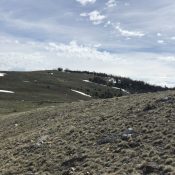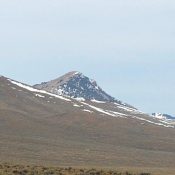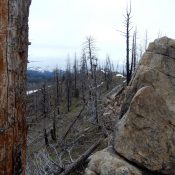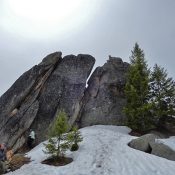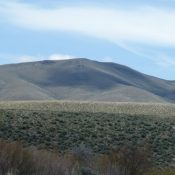
This peak is not in the book. Published June 2020 Red Hill is the second highest peak in the Red Hills subrange of the Lost River Range. It is a treeless peak with one of the best 360 degree views in Idaho. USGS Red Hills Access Primary access is from the Wet Creek/Pass Creek Road [(A)(6.1) Page 290]. Follow this … Continue reading
